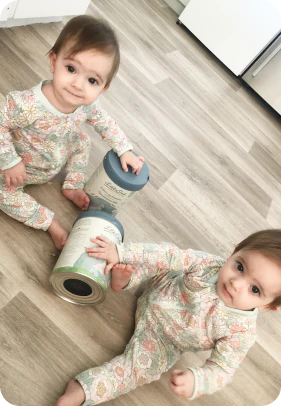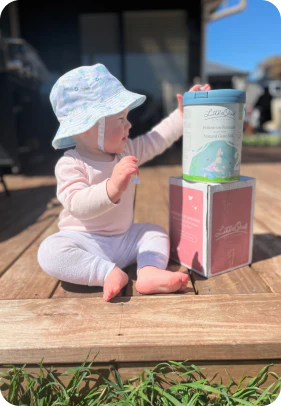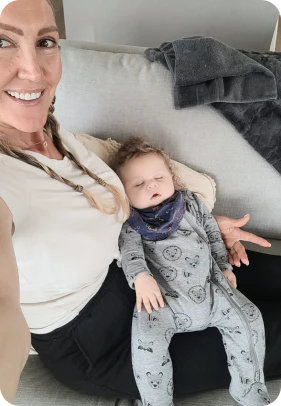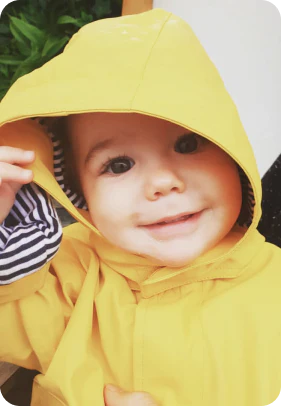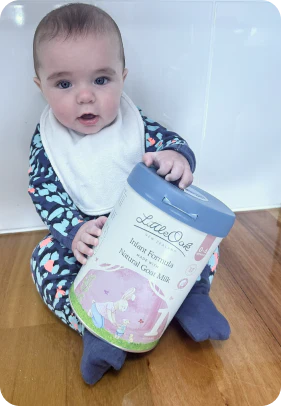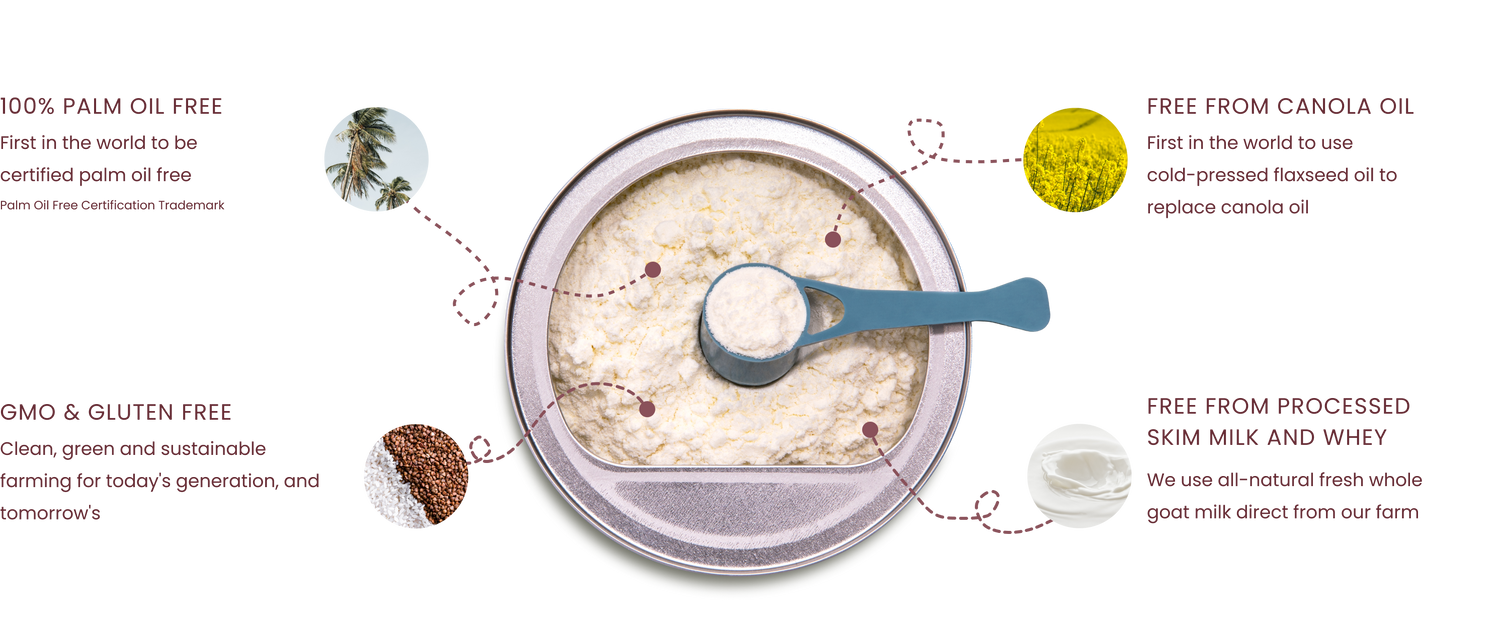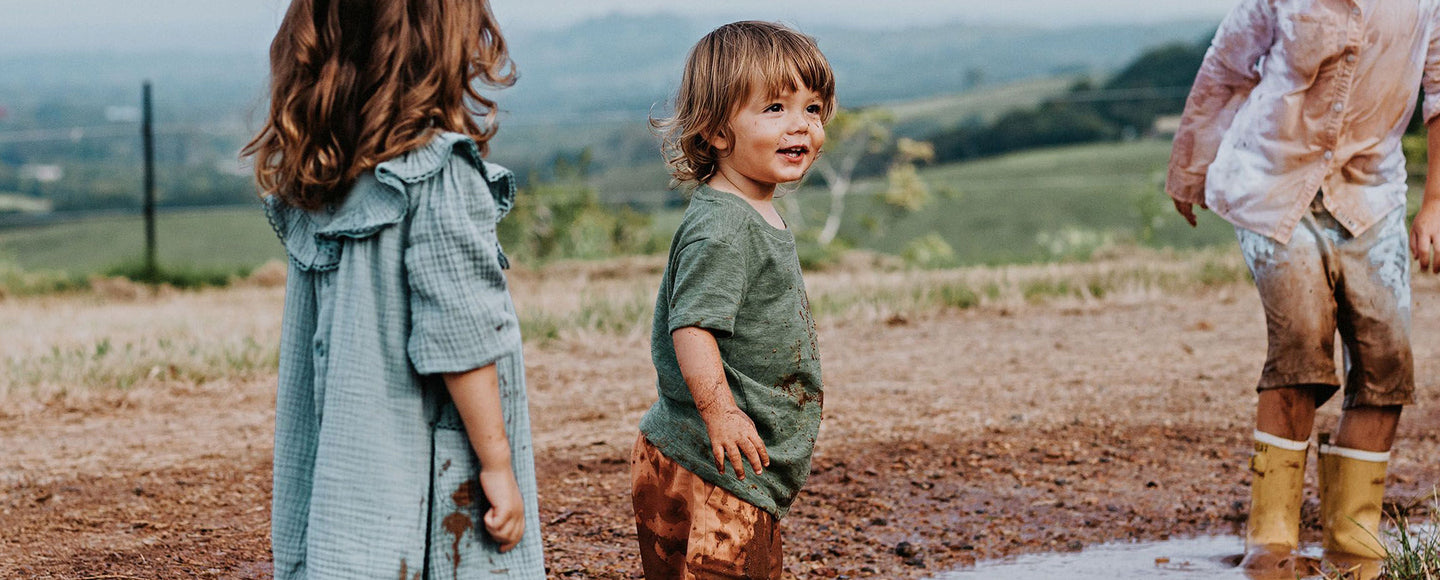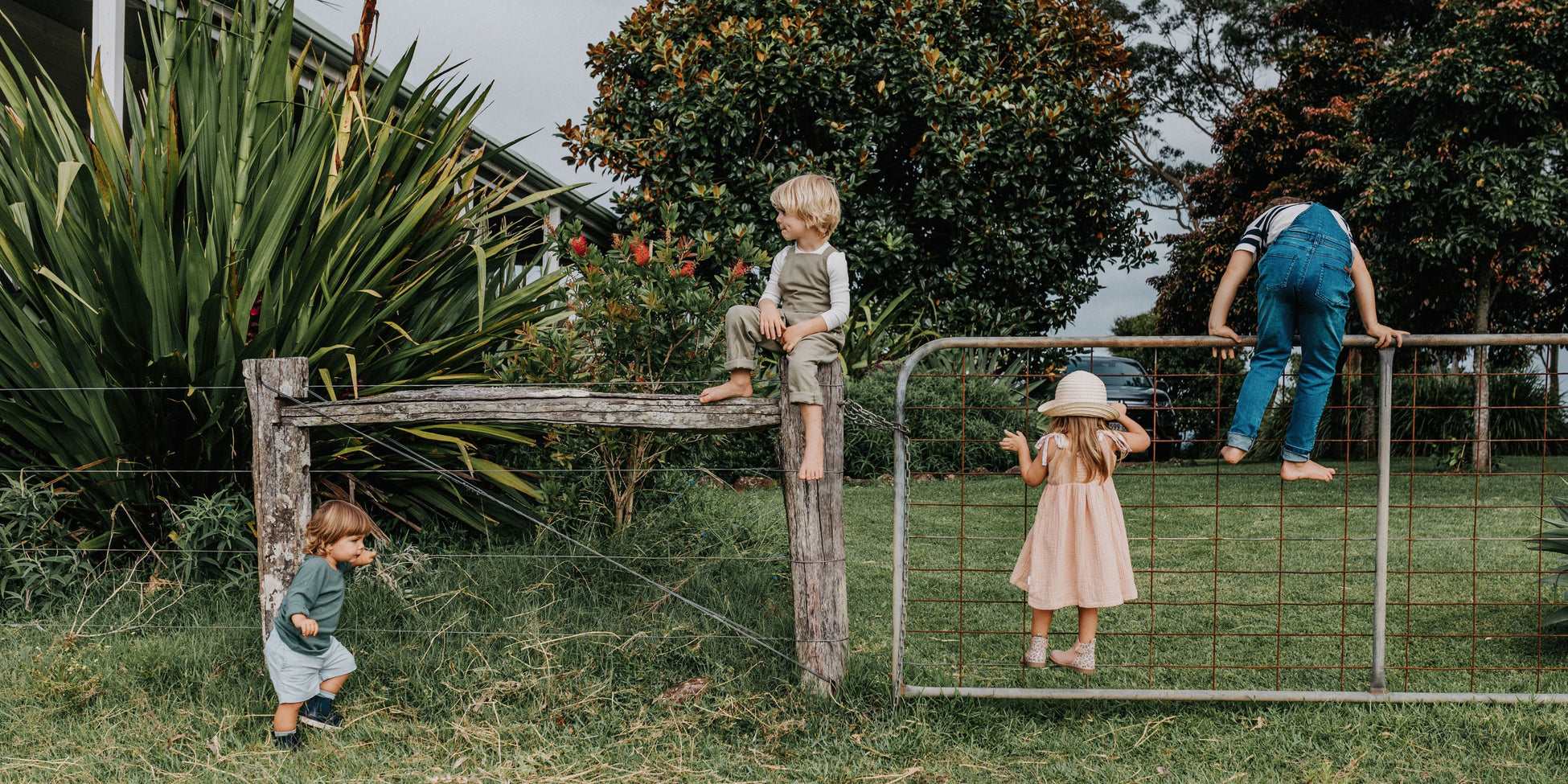Before your little one arrives, there may already be a much-loved pet who calls your home their own. To support your growing family, we’ve compiled some expert advice and practical tips to help your pet adjust to life with your new bub.
You might be wondering, “Is it even safe for my baby to be around a pet?” The good news is, yes — and further to that, the relationship between a child and a pet can be truly special. Studies have shown that having a dog or cat in the home can help support a child’s developing immune system from infancy through to adolescence. Pets can introduce beneficial bacteria into the home, helping to shape your baby’s microbiome—a super important community of bacteria, viruses, fungi and other microbes that live primarily in the large intestine.
Before your baby arrives
-
Preparing your home: In the nesting phase, it’s a good idea to set up a baby gate for the nursery to keep pets out of your baby’s dedicated space. Creating a clear, visible boundary between your pet and your little one can help keep everyone safe and comfortable. You might also consider installing a HEPA-certified air filter in the nursery and surrounding spaces to ensure the air stays fresh and clean.
-
Adjusting to a new routine: Life with a new baby brings shifts in routine, and your pet will feel this too. Whether it’s a new feeding time, walk schedule, or sleeping spot, try to introduce any changes gradually. Pairing these changes with positive affirmations and treats can help your pet build positive associations with their new routine. If possible, it’s a great idea to enroll your pet in an obedience school before the baby arrives. This can help them refresh basic skills, so they are well and truly ready to welcome the new addition to your family.
Helping your pet adapt to your baby
-
Getting familiar: Welcoming a new baby is a big moment for everyone. To help your pet adjust, you might like to start playing baby sounds softly around the house and increase the volume slowly over time. Rewarding calm behaviour can help your furry friend build positive associations with these unfamiliar noises. Scent is also a powerful tool. Try applying baby lotion or powder to your hands in the weeks leading up to baby’s arrival, and let your pet have a little sniff. This way, those beautiful new smells won’t feel so foreign when the time comes.
Health and safety first
-
Proper pet health: Before baby arrives, make sure your pet is up to date with vaccinations and has had their flea and worming treatments. A healthy pet means a healthier home for everyone.
When baby is finally here
-
The initial rush: For our families who own a dog, you’ll know there’s nothing quite like their “welcome home” excitement. Cats, on the other hand, may be a little bit more subdued. If you do have a dog, it’s recommended that you greet them first without your bub present – this can help them get all that excitement and energy out before meeting your baby. Next, you may want to clip on their lead and calmly and carefully introduce them to your little one.
-
Managing contact: Choose a quiet, calm room for your pet’s first introduction to your baby. If you have a dog, watch their body language carefully; if they are curious and calm, this may be the perfect time to make contact. We recommend starting with small steps, like letting your dog sniff your baby’s feet. Keep these interactions brief and follow them up with praise and a little reward. Take things nice and slowly – your pet will likely need some time to get used to this new little person in their world.
...
LittleOak has been nourishing children for many years and feeds millions of infants, babies and children across the globe each and every day, in countries such as Australia, New Zealand and Singapore. In the US, we’re proud to have our FDA compliant Toddler Milk available for families.










